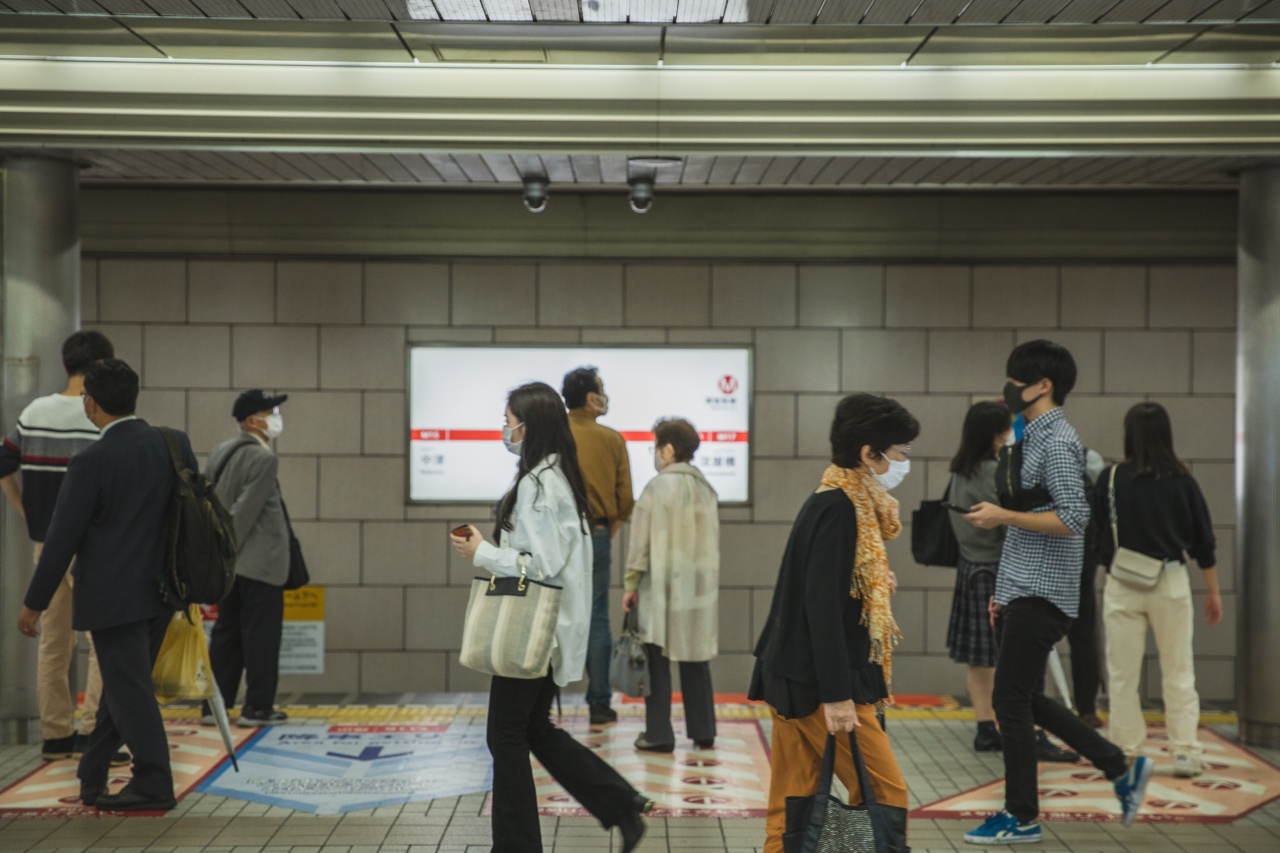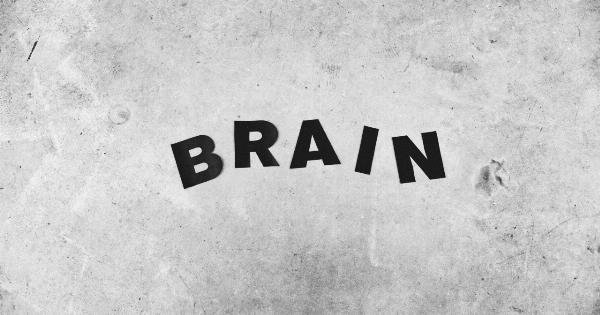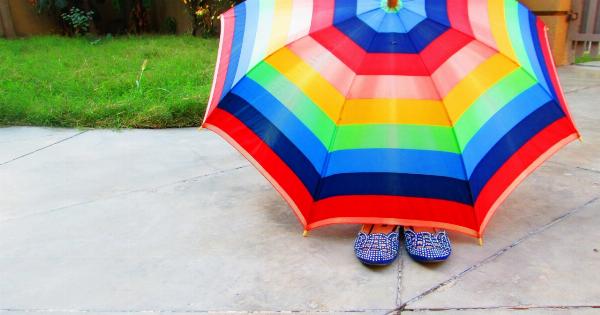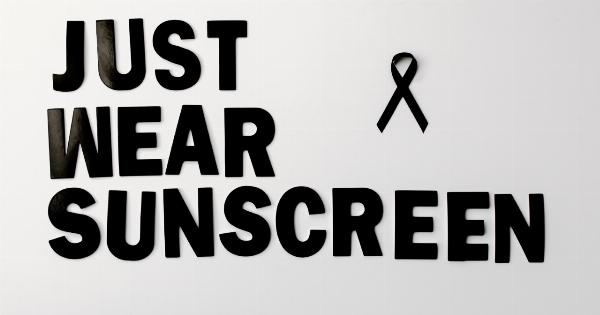Tanning salons have become increasingly popular over the years as people strive to achieve a sun-kissed glow regardless of the season.
However, the rise in the use of tanning beds and booths has raised concerns about the potential health risks associated with indoor tanning. In response, there has been an increasing push for increased safety regulations for tanning salons to protect the consumers.
These regulations aim to minimize the risks associated with indoor tanning by setting standards for equipment, training, and operation of tanning facilities.
The Need for Increased Safety Regulations
Indoor tanning exposes individuals to ultraviolet (UV) radiation, which can have harmful effects on the skin, eyes, and overall health.
The International Agency for Research on Cancer (IARC) has classified UV radiation as a known human carcinogen, putting it in the same category as tobacco smoke and asbestos. This classification underscores the need for increased safety regulations to protect individuals from the potential risks associated with indoor tanning.
Current State of Safety Regulations
Prior to the push for increased safety regulations, the tanning industry was largely self-regulated, with limited oversight from governmental agencies.
This lack of regulation allowed for inconsistencies in safety practices and created a potential for harm to consumers. However, in recent years, there has been a growing recognition of the need for stricter safety standards in the tanning industry.
Regulating Tanning Equipment
One of the key areas of focus for increased safety regulations is the equipment used in tanning salons.
Tanning beds and booths need to meet specific safety standards to ensure that they emit the appropriate level of UV radiation and are designed to minimize the risk of injury. These regulations may include requirements for regular maintenance and inspection of tanning equipment to ensure that it is in good working condition.
Training and Certification
Another important aspect of increased safety regulations for tanning salons is the training and certification of personnel.
Salon owners and employees should receive comprehensive training on the proper operation of tanning equipment, as well as the potential risks associated with indoor tanning. Certification programs can help ensure that salon staff are knowledgeable and equipped to provide accurate information to clients about the potential risks and benefits of indoor tanning.
Age Restrictions and Consent
Many safety regulations for tanning salons include age restrictions to minimize the risk of harm to young individuals.
Research has shown that individuals who start indoor tanning at a young age are at a higher risk of developing skin cancer later in life. Age restrictions typically require individuals under a certain age to have parental consent before using tanning facilities.
These regulations aim to educate parents and ensure that they are aware of the potential risks associated with indoor tanning for their children.
Warning Labels and Informational Materials
Increase safety regulations also often require tanning salons to provide clear and visible warning labels on tanning equipment and in prominent locations within the facility.
These labels should inform individuals about the potential risks of indoor tanning, including the risk of skin cancer, premature aging, and eye damage. Additionally, tanning salons may be required to provide informational materials, such as brochures or websites, that educate individuals about the risks and benefits of indoor tanning.
Monitoring and Compliance
To ensure that tanning salons adhere to the increased safety regulations, there is a need for monitoring and compliance mechanisms.
This may include regular inspections of tanning facilities by government agencies to assess whether they meet the necessary safety standards. Non-compliance with safety regulations should result in penalties and enforcement actions, such as fines or temporary closure of the facility.
Evaluating the Impact of Increased Safety Regulations
The effectiveness of increased safety regulations for tanning salons can be evaluated through various means. Longitudinal studies can assess the impact on the incidence of skin cancer and related health issues.
Surveys and interviews with tanning salon owners and personnel can provide insights into the ease of implementation and compliance with the regulations. Additionally, customer feedback and satisfaction surveys can help gauge the public’s perception of the safety standards in place.
Conclusion
Increased safety regulations for tanning salons are crucial to protect individuals from the potential risks associated with indoor tanning.
These regulations focus on areas such as equipment standards, training, age restrictions, warning labels, and monitoring compliance. By implementing and enforcing these regulations, governments can promote safer practices within the tanning industry and ensure the well-being of consumers.

























